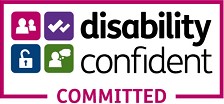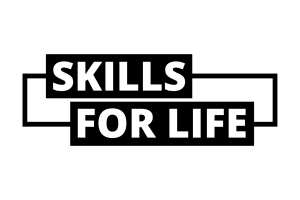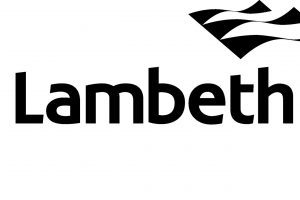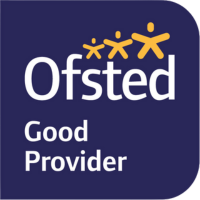Q&A with Viola Wang, printmaking tutor at the Waterloo Centre for Adult Education
How did you begin printmaking?
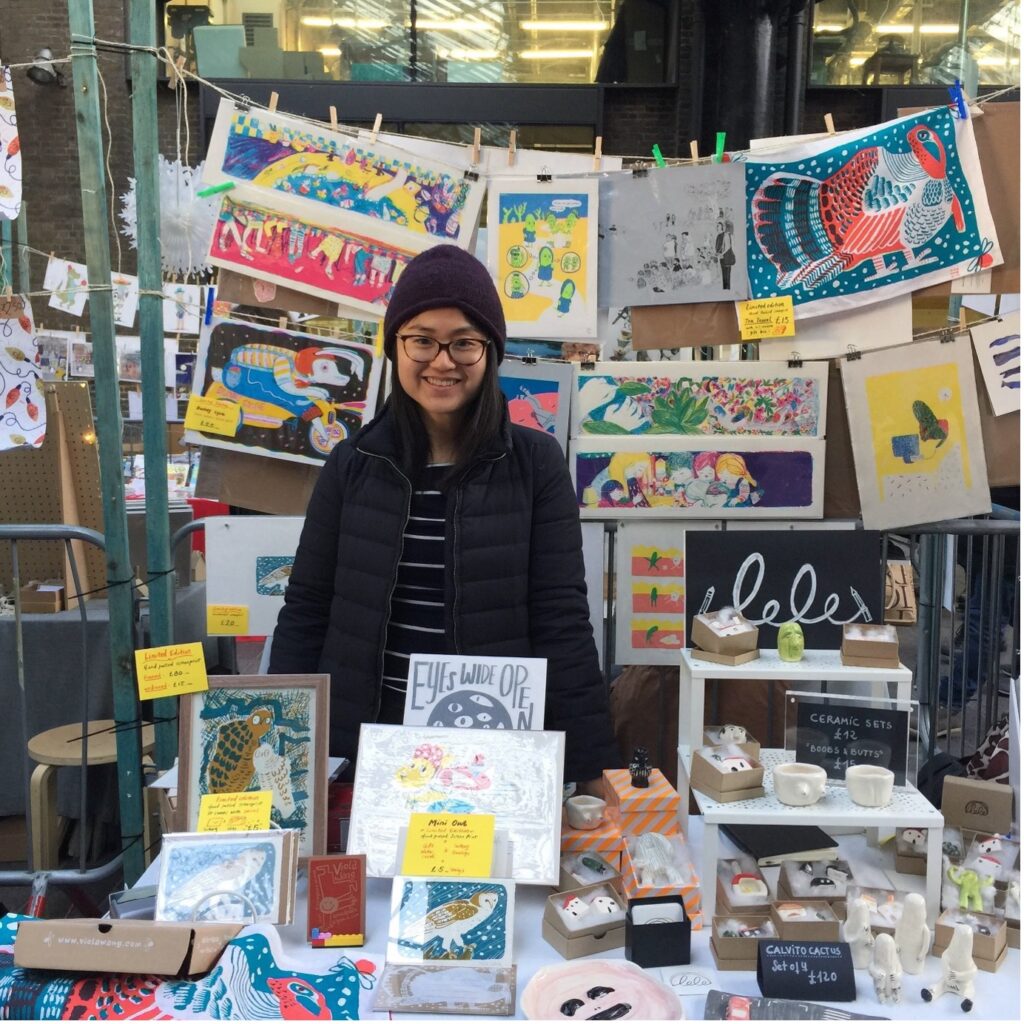
The very beginning was as a child watching my dad working in this office in the print factory. I always had plenty of off-cut prints and trimmed papers to play with. When he cleaned the litho machine he would pull a rainbow paper for me with the remaining ink on the printing blanket. I have a profound memory of the ink’s smell and the printing machine’s humming sound.
I studied painting at university, but whenever I got free time I would sneak into the printmaking department. The smell of the solvent and ink was comforting to me. I loved conversations in the print studio and observing how everyone worked with printmaking media.
Unfortunately, at the time, cross-disciplinary work wasn’t encouraged in the Chinese higher education system. So printmaking was my secret pleasure.
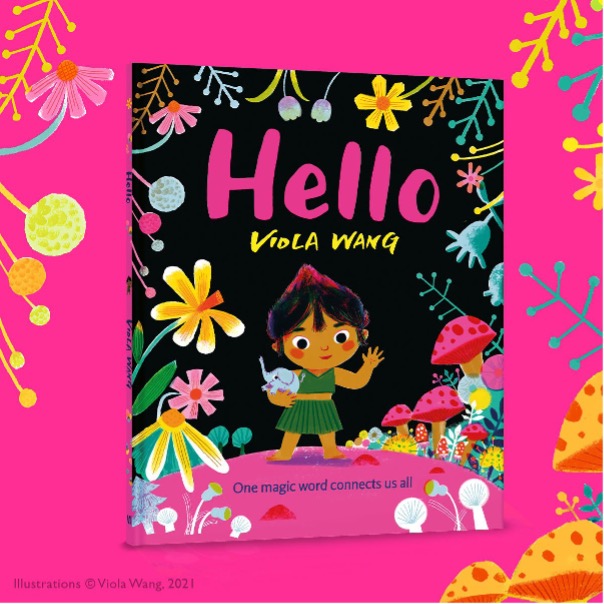
When I finished my Master’s degree study in the UK and started to develop my own practice, I found the printmaking process still had a profound influence on my work. I now use various processes to develop different visual languages and combine them with digital image-making. My recent author-illustrated picture books Rabbit Bright and Hello (published by Hachette Kids) are directly influenced by screen printing and lithography techniques.
Which Morley classes do you run?
I am developing a new series of workshops that focus on laser cutting in the field of printmaking and bookbinding. I am hoping to create a platform for interdisciplinary practice and use laser technology to assist students and staff to create new work.
Can you describe your practice?
I have a portfolio practice, which includes illustration, printmaking, drawing, motion graphics, murals and education.
I am very happy to paint, draw, and print on any surface. Most recently I have been enjoying working in public spaces, such as my mural project for Cayley Primary School, Tower Hamlets, as part of the Mayor of London’s project. It is a 6-foot by 60-foot mural outside the school gate. After running a series of workshops and conversations with the students, staff and parents of the school, I came up with the walk-to-school theme and collaborated with my Royal Drawing School colleagues. I really enjoyed the aspect of working with children and giving them back ownership of their own school mural. We had a working party to complete the painting of the mural – those kids were amazing artists! (watch the video) I love the aspect of collaboration and the large-scale format of this project but, most of all, I am interested in transferring ownership of the work. I believe art should be accessible.
For many years I have worked in parallel careers: lecturing at universities, authoring and illustrating books, while also working as a graphic designer in publication and motion graphics. I find all experiences are valuable, especially when the cross-disciplinary connection is made.
During the pandemic, I was teaching the MA Children’s Book Illustration course at Cambridge School of Art. At the request of my students for an accessible way of printmaking, I researched and developed non-toxic techniques – Kitchen lithography. It allows students to produce lithographic prints at home with the ingredients they can find in the kitchen cupboard. We were able to successfully run online workshops to teach such techniques. It also made me a better printmaker – as people have said, you only really learn when you have to teach. Development in kitchen lithography hasn’t stopped: I have been communicating and conducting further research with international non-toxic printmakers. Furthermore, I am really glad to have been given a printmaking residency in Ireland in 2023 – two months researching and developing work in Kitchen lithography.
Can you share a printmaking tip?
Be an observer. I find when I am in the printmaking studio, I not only learn from the tutors but I also learn from my fellow classmates and print studio members. Visit as many studios as possible – you will learn different things from different people. Keep an open mind and be humble – we can always learn new things from others. “Printmakers are resourceful people,” said my dad!
How do you promote/sell your work?
Social media like Instagram is my go-to place. It is free and accessible. Not only a platform to promote but you can also use it to sell your work. It is instant to get feedback and communicate with your audience. I also have a shop on Etsy, which I link to my Instagram account.
For quite a few years now I have been doing fairs and shows: the RA Summer show, Woolwich Contemporary Fair, House of Illustrations Fair and East London Comic Festival. It’s not just about how many prints you sell on the day, but also good practice getting your work ready, a good opportunity to get to know the market, and also to get direct feedback from your potential buyer. I particularly like the community of makers; people often exchange work at the fair and talk about their practice and worries. I make quite a few friends at those events.
Which artists/printmakers do you admire?
I admire mid-century British artists Edward Bawden, John Piper, Henry Moore and Eric Ravilious. They were the generation of artists that had true multi-disciplinary careers; nearly all of them printed, painted, and designed in all aspects.
What is the favourite print that you own?
I have a print that I treasure very much; it was a Christmas present from my teacher and colleague Charles Shearer, a collagraph print that he made at home. I love his work and also admire him as a teacher and friend.



